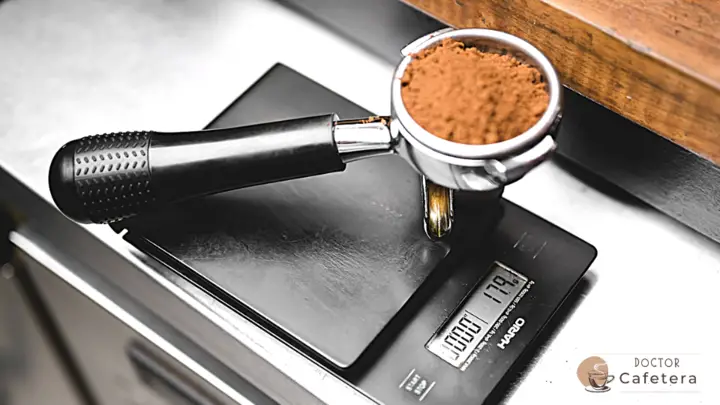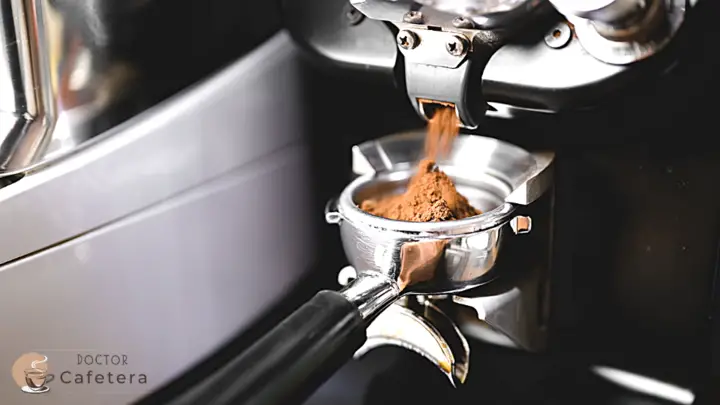In today’s article, I want to talk about the basics of espresso coffee, the differences between ristretto and lungo, and their role in coffee shops. Espresso is the most common coffee beverage served in coffee shops worldwide.
I will begin by talking a little about the problems we encounter when ordering an espresso in coffee shops, continue by defining the concept of espresso, and finish by explaining the differences between a ristretto and a lungo.
What is the coffee we normally find in coffee shops like?
In many parts of the world, there is a great coffee tradition, and we can find many coffee shops in any city, but generally, the coffee is of very poor quality. We can visit beautiful coffee shops, some of them very old and with a great coffee tradition; however, the coffee served is a disaster.
Most coffee shops use commercial coffees; they do not consider the quantities of coffee and water, the extraction times, and the machines do not even have the necessary hygiene. As a result, they serve a bitter coffee with a burnt taste that requires the addition of sugar and milk and a glass of water or soda to drink.
Coffee has never received importance; it simply accompanied some meeting or the concurrence of physical space. We have been accustomed to this for many years until small specialty coffee shops emerged.
What is an espresso?
It is a concentrated coffee obtained with an espresso machine that uses high pressure and temperature to extract the coffee in a few seconds and with very little water. For this espresso coffee to be extracted correctly and to have the best possible flavor, it needs a recipe tailored to the coffee beans used.
A coffee recipe is composed of:
- The amount of ground coffee that we place in the filter holder basket.
- The amount of beverage that we obtain in a given time*.
*This proportion between coffee and water is called the ratio.
A recipe for espresso coffee is not universal; we cannot always use the same recipe for different coffee beans. Each type of coffee will have its recipe since the ratio and the type of grinding will vary, as well as other factors.
Even when using a high-quality coffee bean, we will obtain an unpalatable beverage if we do not apply the correct recipe. In the espresso extraction system, everything happens so fast and delicate that there are many possibilities of making mistakes.
This is why it is so difficult to master the espresso-making technique. You need to learn how to taste to detect the problems you are experiencing, as small changes will produce drastically different results.
What ratio is used to prepare an espresso?
The ratio is the relation between the grams of ground coffee used and the grams of the final beverage obtained. When preparing an espresso, a ratio of 1:1.5 to 1:2.5 should be used. This means we obtain between 1.5 and 2.5 grams of the final beverage for each gram of ground coffee.
For example, if we put 18 grams of ground coffee, we obtain between 27 and 45 grams of beverage. Finding the perfect number within the range of 27 to 45 grams will depend on the coffee bean you use and other variables such as the grind or the preparation time.
Note: The ratios we use in manual filtering methods, Aeropress, French press, or Moka, are completely different from those of espresso. These ratios may vary even with manual espresso machines such as the Picopresso.
What is a ristretto?
“Ristretto” in Italian means restricted, meaning that the outflow of the beverage is slower. In a ristretto, we are looking for a ratio of approximately 1:1 to 1:1.5, which produces a more concentrated coffee. A ristretto is more intense since it has less water for the same amount of coffee.
What is a lungo?
The word “lungo” in Italian means long, meaning the coffee we obtain will have more volume than an espresso. A lungo falls in the range of 1:2.5 to 1:3.5 or more, producing less intense coffee because it uses more water for the same amount of coffee.
Note: The ratio, a fundamental part of a coffee recipe, directly affects the flavor of the coffee.
Differences between espresso, ristretto, and lungo coffees
When passing the water through the ground coffee, it dissolves the coffee’s soluble part; the more water we pass through the coffee, the more compounds we extract.
Ristretto: When we use less water for the same amount of coffee, we will dissolve less, and therefore, we will have less extraction. But at the same time, we obtain more intensity, which translates into a more full-bodied coffee.
Lungo: When we prepare a lungo, using more water for the same amount of coffee, we dissolve more. In this case, we will have more extraction, but with the disadvantage of losing intensity since the coffee will have less body and creaminess.
Espresso: The sensation in the mouth that we feel in espresso is located precisely in the middle of the ristretto and the lungo. With espresso, we have a coffee with a lot of body and density, but at the same time, it is perfectly extracted, with many flavors.
The ratio you are going to use depends on the type of coffee you have and its type of roast, but to modify the ratio, we also need to make other adjustments, such as the size of the grind of the coffee beans.
Precautions for not over-extracting or under-extracting coffee
With the extraction of coffee, we must be careful not to over-extract or under-extract it. Not all the flavors extracted from the coffee are good, so we have to control the flavor we extract to obtain a tasty and balanced cup of coffee.
To achieve a balanced espresso, we need to extend the extraction of the coffee during a determined time range, which can vary between 20 and 35 seconds.
Under-extraction occurs when we do not extract enough flavor from the coffee when there are still some flavors that could balance the final result. When we taste an under-extracted coffee, we will notice that it lacks body, that it has a very sour taste, without sweetness, and it can become a little salty.
When we drink a well-extracted espresso, it leaves a flavor in our mouth for minutes or even hours; when it is underextracted, we do not notice this.
Over-extraction occurs when we extract too many soluble flavors from the ground coffee. This extraction level produces unpleasant flavors in the cup; when we taste it, we notice a bitter coffee. The darker the roast, the more bitter the over-extracted coffee will be.
It produces astringency, dries our mouth, and lacks flavor and character, leaving it empty or as if we had killed all the flavors.
Conclusion
In this small guide, I have given you the basic but fundamental tips when preparing an espresso, a ristretto, or a lungo. With all this information, you should understand that filling the basket of the filter holder with coffee and pressing a button until the cup is full is not enough.
To prepare a good cup of coffee, you must know the coffee bean, adjust the grind, and the extraction time concerning the ratio you wish to use. Little by little, you will obtain perfect coffees according to your tastes.
To avoid over-extraction and under-extraction of coffee requires practice and time. With the sensations we perceive when tasting coffee and observing when they happen, we will realize what we should adjust when preparing espresso. You could also use a refractometer to know the exact degree of extraction.

